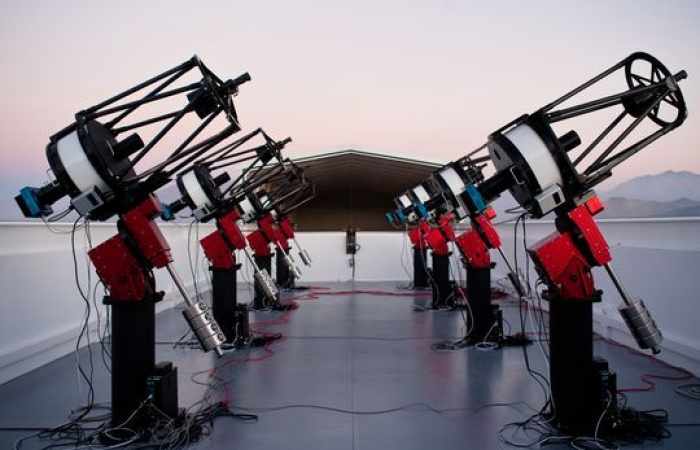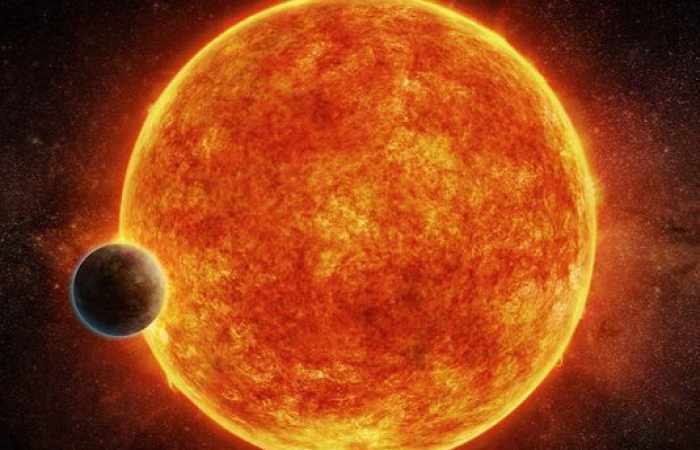“With this discovery we have a world similar to Earth in some aspects, and dissimilar in some others,” says Amaury Triaud of Britain’s University of Cambridge, who was not involved with the research. “This is quite thrilling.”
The first subtle signs of the planet’s presence were recorded in 2014, but no one noticed until Jason Dittmann, then at the Harvard-Smithsonian Center for Astrophysics, re-analyzed the data. “It turns out it was lurking there all along,” says Dittmann, now at MIT.
To confirm the planet’s existence, Dittmann and his team enlisted three academic telescopes and one operated by a crackerjack amateur in Perth, Australia, who kept vigil when bad weather sidelined the pros
The joint exercise revealed a small, dim star circled by a small, tubby planet. Nearly seven times more massive than Earth, it is probably made in good part of rock, the researchers say in a study in this week’s Nature. Such rocky worlds seem a better bet for hosting life than do the puffy gas planets orbiting other stars.
Another point in 1140b’s favor: “Its temperature is very mild and similar to what Earth experiences today,” Dittmann says. That means the potential for liquid water on the planet’s surface.
Astronomers have found roughly 20 Earth-sized planets that might support liquid water, according to a database maintained by the University of Puerto Rico at Arecibo. Many are so far away that it will be a challenge to get to know them.
“There are better prospects for learning more about this planet than some of the others,” says Eric Ford of Pennsylvania State University, who was not involved in the study.
Two giant telescopes under construction in Chile might be powerful enough, if aimed at 1140b, to recognize any oxygen molecules of the sort that animals need to breathe, assuming 1140b is swathed in oxygen. The James Webb Space Telescope, which NASA plans to launch into space in 2018, could also search 1140b for ozone, which is made of oxygen.

Other planets are less cooperative with scientists than 1140b. The Earth-sized planet Proxima b, which circles the star closest to our sun, might host water too. But Proxima b’s position means astronomers can’t get a good, hard look at the planet’s atmosphere, if it has one.
Then there are the seven Earth-sized planets at a relatively close star called TRAPPIST-1. That star is dim, meaning current and impending technology can’t find breathable oxygen there, Dittmann says, though Triaud, who helped discover the TRAPPIST-1 planets, questions that view.
Other planets that seem Earth-like in some ways turn out to be hellish worlds hostile to life, and 1140b may turn out to be one too. All the same, “a few years ago we didn’t know about any such planets, and now we know about several,” says Ian Crossfield of the University of California, Santa Cruz, who was not involved in the latest discovery. “That’s big progress.”
















































